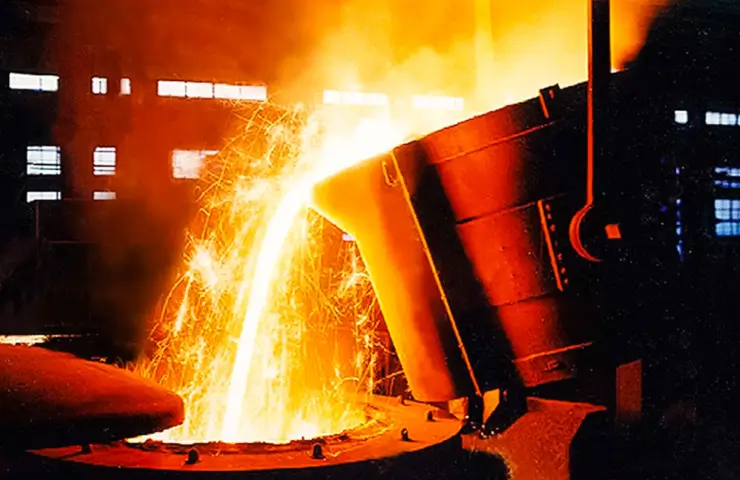US steel market sentiment becomes more price neutral
According to the latest S&P Global Commodity Insights survey of US steel market players, bullish sentiment on US finished steel prices is easing amid easing sourcing concerns and falling scrap metal prices.
However, US buyers continue to face higher shipping costs and logistical bottlenecks.
In a survey of US manufacturers, distributors, merchants and end users, 50% of those surveyed expect prices to remain unchanged, compared to 91% expecting an increase in April, 32% expect prices to drop slightly in May (only 9%) . participants are optimistic about monthly prices.
Most respondents attributed price stability to declining scrap prices, but Russia's incursion into Ukraine and changes in the supply chain could further increase year-end iron import volatility. Demand for steel products is expected to remain strong in the near future.
Participants in the market of flat and long products continued to reduce stocks from month to month, and only 10% noted a slight increase in stocks. Such dynamics of the flat steel market is due to the fact that the increase in stocks was the main factor in the price decline that began in September 2021.
As of the beginning of May, according to Platts, the price of hot-rolled steel coils in the US has stabilized at $1,440 per ton.
US finished steel production is expected to remain stable again this month as 70% of participants expected it to remain flat and 2% expected growth. Flat-rolled mills and distributors generally showed stable or slightly reduced production volumes.
About 85% of those surveyed expect inventories to decline or stay the same.
Scrap prices are back in the spotlight, with 65% of participants expecting prices to fall and 2% expecting a 5% or more drop during the May shopping week.
US refinery profitability was under pressure earlier in the year due to rising production costs and a continued push to use more scrap in furnaces and incorporate more obsolete grades into the mix, but mills were able to increase their offerings as import arbitrage began to disappear or even turn over for some products, thereby maintaining recent margins even before the price cuts for prime and obsolete grade scrap.
